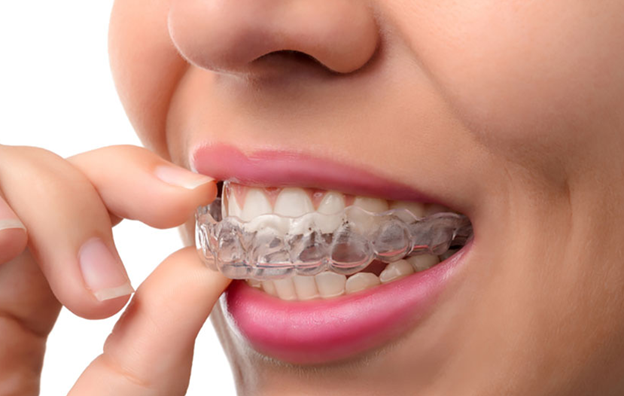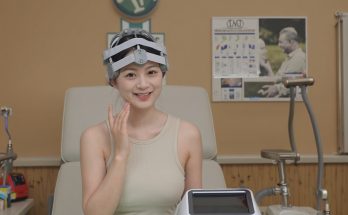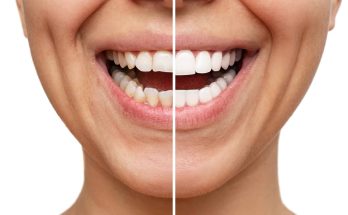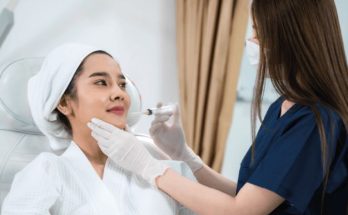Having imperfect teeth can be debilitating, leading to a greater chance of lowered self-esteem, self-image, and confidence. Think about it: we all smile, speak and laugh, but when you have misaligned teeth, it can make you not want to smile widely, or speak often. Misaligned teeth can affect your confidence in finding romantic relationships, going for job interviews, or even smiling for photographs with your loved ones. And for teens, it can be even more harmful to their self-image.
The quest for the perfect smile has led many to explore the realm of orthodontics, often greeted by a variety of options, each touted with its own benefits and myths.
Invisalign™ treatments, the clear aligner system, has risen in popularity, promising a discreet path to dental realignment. However, amidst its fame, several misconceptions have taken root that warrant clarification, especially for those considering this treatment. Dr. Kirk Bartlett Orthodontist and the team set out to debunk some of these widely-believed misconceptions:
Misconception #1: Invisalign™ Is Only For Minor Alignment Issues
It’s a common belief that Invisalign™ can only address mild to moderate orthodontic problems, but this isn’t entirely accurate. Over the years, the technology behind Invisalign™ has advanced, qualifying it to treat a wide range of alignment issues, from simple to more complex cases requiring significant tooth movement. The system’s success relies on a patient’s dedication to wearing the aligners as prescribed, more so than the severity of the initial condition.
Misconception #2: Invisalign™ Treatment Takes Longer Than Traditional Braces
This is a curiosity that stems from Invisalign™ being a newer approach to orthodontic fixes. Contrary to popular belief, the Invisalign™ treatment duration often aligns with or surpasses that of traditional braces. This can vary depending on individual circumstances, but advancements in Invisalign™’s methodology and materials have led to efficiency in treatment times. Invisalign™ also offers a degree of flexibility, enabling patients to adjust more readily to changes in their treatment schedule.
Misconception #3: Invisalign™ Is Noticeably Less Effective Than Traditional Braces
The invisibility of Invisalign™ aligners gives rise to skepticism regarding their effectiveness. Critics argue that aligners may offer aesthetics but lag behind traditional braces in terms of getting the job done. However, studies have shown that Invisalign™ is indeed an effective tool for orthodontic correction. The real measure of alignment success is the precision of the treatment plan and the patient’s commitment, both of which are hallmarks of Invisalign™ use.
Misconception #4: Invisalign™ Is Uncomfortable To Wear
Another false belief is that Invisalign™ is a painful alternative to braces. In reality, while any orthodontic treatment can bring initial discomfort as teeth adjust, Invisalign™ is designed for a comfortable fit. The aligners are custom-made for each stage of the orthodontic process and are smooth and non-invasive. Any discomfort experienced with Invisalign™ is typically transitional and similar to what one might expect with traditional braces.
Misconception 5: Invisalign™ Is Significantly More Expensive Than Braces
The cost is often a significant factor in the decision-making process for orthodontic treatment. Some believe that Invisalign™’s advanced technology and benefits come with a noticeably higher price tag compared to traditional braces. While the cost of Invisalign™ can vary depending on the case and the country, it’s essential to consider the long-term investment. Invisalign™’s unique features can contribute to a smoother treatment process and the ability to maintain oral hygiene more easily, which can positively affect overall dental health, potentially offsetting any cost considerations.
Invisalign™ has made significant strides in the orthodontics field, reshaping and correcting smiles with a holistic approach. Understanding the reality behind the common myths is crucial for those considering this treatment. An Invisalign™ treatment is not just a cosmetic fix; it’s a robust and versatile system that can cater to diverse orthodontic needs. For those on the fence, debunking these misconceptions is the first step towards making an informed decision that can lead to an improved smile and oral health. If you have questions about Invisalign™ orthodontic treatments, contact us.




